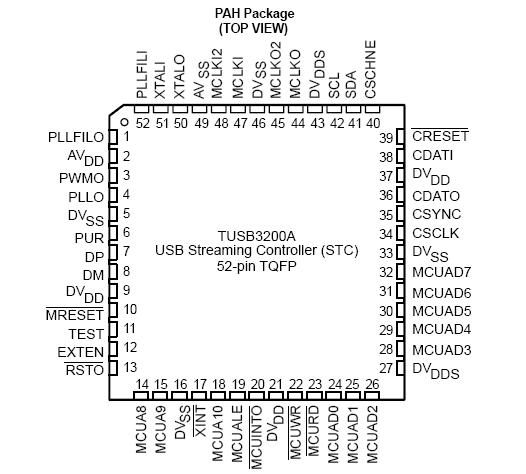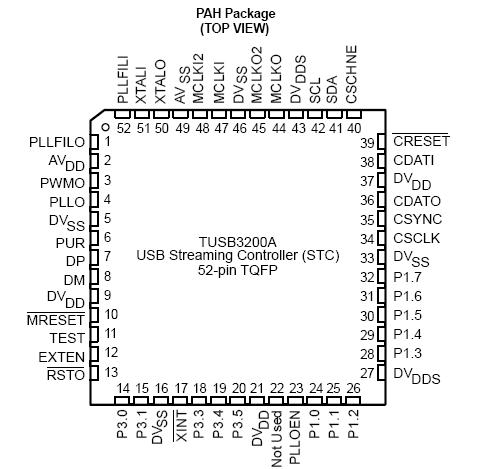TUSB3200A: Features: • Universal Serial Bus (USB) • USB Specification version 1.1 compatible • USB Audio Class Specification 1.0 compatible • Integrated USB transceiver • Supports...
floor Price/Ceiling Price
- Part Number:
- TUSB3200A
- Supply Ability:
- 5000
Price Break
- Qty
- 1~5000
- Unit Price
- Negotiable
- Processing time
- 15 Days
SeekIC Buyer Protection PLUS - newly updated for 2013!
- Escrow Protection.
- Guaranteed refunds.
- Secure payments.
- Learn more >>
Month Sales
268 Transactions
Payment Methods
All payment methods are secure and covered by SeekIC Buyer Protection PLUS.

 TUSB3200A Data Sheet
TUSB3200A Data Sheet









